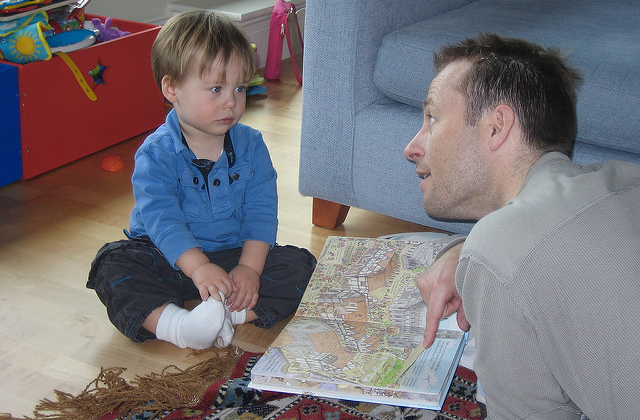Rationale:
Initially your child may resist the changes you are making, but it is important to persist and your child will learn.
You can help by being observant and responding quickly to your child’s communication attempts and by providing models and physical prompts as needed. For example, you can model waving or help her raise her arms to indicate she would like to be picked up. Be sure your child gets what she wants for her communication attempts- this should be a positive experience that she will want to repeat! Once you are experiencing some measure of success, repeat these routines frequently. If you are persistent, your child will learn that communication is powerful and rewarding!

Read more:
Helping children send purposeful messages
I know I am helping my child learn to use nonverbal communication when I:
- Keep new routines easy for my child
- Respond quickly to communication cues (eye gaze, vocalization, reach, point)
- Repeat new routines to enhance learning
- Expect my child to communicate
- Make sure my child is getting positive reinforcement from his communication (i.e., desired toy, food, play)
Back to Module 3 Step 5: Position yourself
The content of these pages are adapted from: An early start for your child with Autism: Using everyday activities to help kids connect, communicate and learn. Rogers, S.J., Dawson, G., Vismara, L.A. (2012). New York: Guilford Press.

